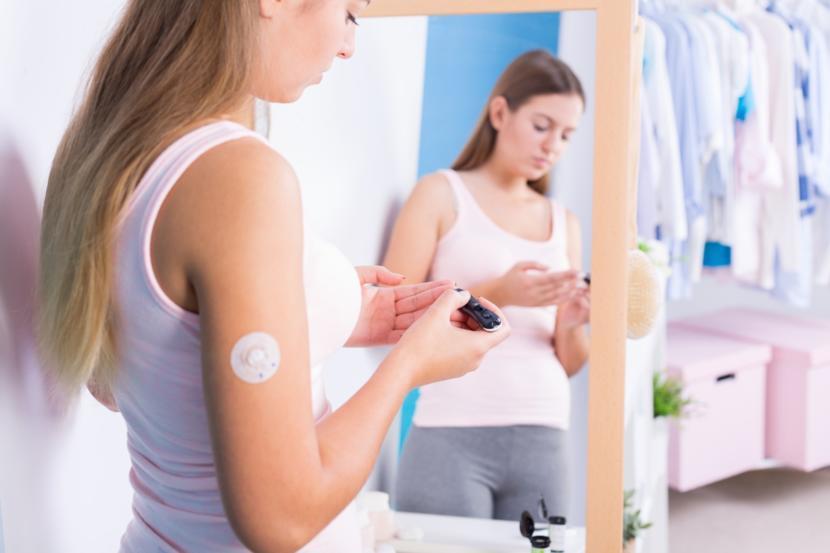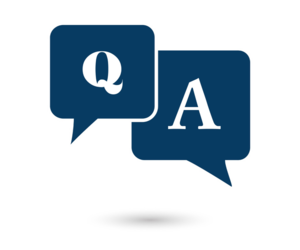What is Type 1 Diabetes?

What is an auto-immune disease?
Your immune system protects you from foreign invaders such as virus, bacteria, and fungus by destroying them. In auto-immune diseases, the body mistakes self tissues to be foreign and destroys them. In other words, auto-immunity is an abnormal condition in which the immune system of a person works against his own body. The precise reason for this is not clearly understood.
The beta cells of the pancreas produce insulin. In Type 1 diabetes, the body destroys these beta cells.
What is type 1 diabetes?
Type 1 diabetes is insulin-dependent diabetes, and it mostly occurs in young people. The peak of its onset is the age between 12 and 14 years. So it is often called "juvenile onset diabetes" or "juvenile diabetes." Its onset is usually rapid. Type 1 diabetes mostly results from the autoimmune destruction of beta cells with little or no endogenous insulin. This damage may take weeks to months to years to completely destroy beta cells. Type 1 diabetes is rarely found among patients compared to Type 2 diabetes.
Who gets Type 1 Diabetes?
Anybody can get Type 1 diabetes anytime.
But it’s usually seen in children and young adults.
Once the process of destruction has begun, the body may take few days/weeks/months or even years to destroy beta cells completely.
What causes it?
The exact cause is yet to be known. It’s neither contagious (spreads from one person to another) nor caused by eating excess sugar.
But genetics play a role. Diabetes is a disease that runs in families. However, every member need not be affected.
How common is it?
5% of diabetics are Type 1 in America, the rest have Type 2 diabetes.
Treatment:
Insulin, diet, nutrition, exercise, and support are keys to a successful Type 1 treatment.
1. Insulin
Insulin is a must in Type 1. Insulin can be given in the form of injections, pen, or pump. There's a variety of insulin available. Insulin differs based on how they are made, how they work, and how much they cost. Your doctor will be able to recommend the one best suited for you.
You will have to check your BSL several times a day. Insulin dosage will vary based on that.
Things to keep in mind while taking insulin doses:
Insulin intake is the only option available for people with Type 1 diabetes. Insulin is a hormone secreted by the pancreas. The role of insulin in our body is to keep blood glucose at an optimum level. Glucose is a necessary element for producing energy, which is required for the functioning of the body. For people who have Type 1 diabetes, failure to take insulin may lead to developing a dangerous situation called 'ketoacidosis.' Here the ketone regulation of the body is affected and the ketoacid build-up increases, thereby decreasing the pH value of blood. With excess blood sugar, your body attempts to get rid of the excess through urine. As you urinate often, you feel dehydrated. This combination of glucose, ketones, and dehydration is called diabetic ketoacidosis.
Insulin doses are available in the form of injections. Commonly, these injections are taken on the thighs, belly, hip region, and the upper hand. Tresiba and inhaled insulin are new forms of insulin. Tresiba helps lower the chances of getting hypoglycemia, and it's found effective for long term. Inhaled insulin comes in the form of an inhaler, and it works only for a short duration. The amount of insulin intake should be appropriate with the amount of food consumed. Insulin can also increase your body mass, so adequate exercise and diet should be followed.
2. Diet
You'll have to carefully design your diet plan so that it’s in line with your Type 1. What to have, how much to have, and when to have should be followed carefully.
3. Nutrition
Nutrition is important for healthy living. It’s important to balance all the essential food groups: proteins, healthy fats, fiber, and carbohydrates.
4. Exercise
Exercise is important to limit the blood glucose level in our body. Losing weight also improves diabetes.
Check your sugar levels often to understand how your BSL responds to exercise and diet.
In type 1, you will have to balance your diet/ calories gained/ exercise/ calories burnt, and insulin dosage. Otherwise it may lead to hypoglycemia or hyperglycemia.
Hyperglycemia is a condition wherein BSL increases. It can cause complications such as heart disease.
Hypoglycemia is a condition wherein BSL goes below normal. For most of the people, BSL below 70 mg/dl is considered hypoglycemia. Check with your doctor to identify what could be yours. Hypoglycemia is more dangerous than hyperglycemia because it can lead to more serious complications such as coma and even death.
Dizziness, headache, lack of coordination, anxiety, and sweating are few of the other symptoms of Hypoglycemia. Symptoms of Hypoglycemia differ from person to person. Be vigilant of the symptoms so you can prevent serious complications.
One sure way to diagnose hypoglycemia is to check your BSL. If you are in confusion whether you are having hypoglycemia and are not able to check your BSL for some reason, treat Hypoglycemia to prevent complications.
Prolonged diabetes may result in neuropathy, which may also increases the level of hypoglycemia.
- Check your BSL before you exercise, several times while exercising, and at the end of the exercise. This will help you understand how your body responds to exercise and what care you need to take.
- High intensity exercises may lower your BSL drastically. This may need you to have a snack before exercise or lower your insulin dosage.
- Always carry a high carbohydrate food/ drink such as glucose tablets or soda drinks. This will help you tackle Hypoglycaemia if it happens.
- Always carry a kit with you that includes everything related to managing Type 1 diabetes.
Your kit may include: insulin, sugar, BSL monitoring strips, glucometer, snacks etc.
Type 1 diabetes can be managed well. You can achieve all your dreams once you know how to carefully follow healthy lifestyle changes.












